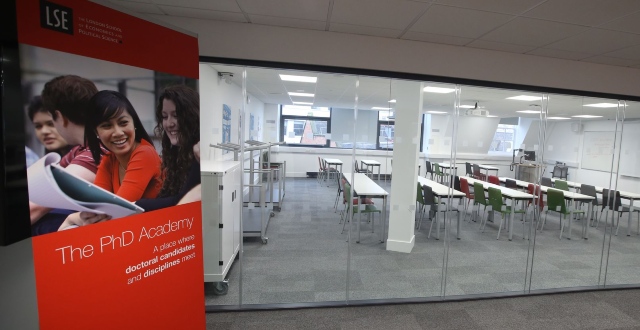Working with primary sources is at the heart of the historical craft. Primary sources – artifacts, artwork, documents, diaries, manuscripts, oral histories, speeches, and transcripts are a few examples – are the records historians use as evidence to make arguments about the period of study they are working on. As opposed to secondary sources, or works that historians write about their subjects, primary sources contain information that was created at the time being examined or investigated. Therefore, understanding how to work with them is vital for history students at LSE or those aspiring to be professional historians.
When LSE history students work on their assignments, they use primary sources to build and further the arguments they are making. They are the main source of evidence and understanding to make their interpretative claims. But how should one go about analysing them?

To consider this important issue, let’s take a presidential speech as an example. When a student considers a source like this, the first thing they should ask themselves is “What is this speech saying?” What is the president talking about here? Are they trying to argue for a specific policy? Are they trying to build electoral support? Is it a campaign address? Are they making an announcement? Establish what the purpose is and what the specifics are.
Determining what’s going on in primary sources is crucial for crafting historical arguments and writing your assignments and essays.
Once that’s done, look at how the president is trying to accomplish their task. Are they using evocative imagery? Do they use anecdotes and stories? What about statistics or numbers? How are they building their case and what is their speaking style? These are important rhetorical strategies leaders employ to accomplish their political and policy goals.
From there, examine the context of the speech. For example, if it has to do with foreign policy, look at that country’s global position and relations with the wider world. If, for example, it’s an American presidential speech during the Cold War, what are U.S. relations like with the Soviet Union at the time? Which stage of the Cold War is taking place? What are that president’s major foreign and defence policies? How are they trying to accomplish their international objectives? These are important contextual questions to consider when trying to ascertain the wider importance of the source in question.





